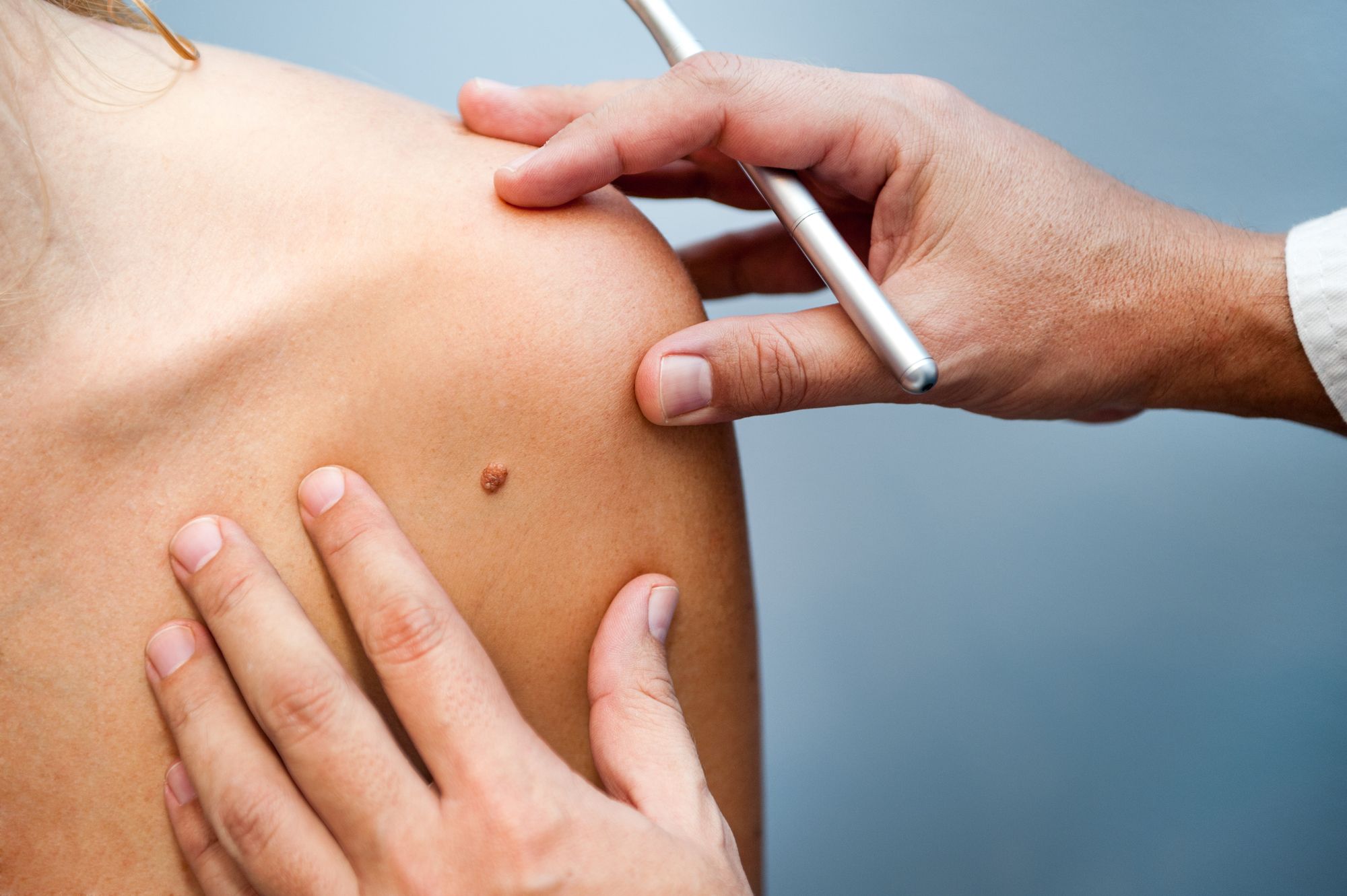Want to know the key to beating skin cancer? Spot it early.
Over the past few years, the American Academy of Dermatology and the Skin Cancer Foundation have launched numerous campaigns such as “If you can spot it, you can stop it” and “Check Your Partner. Check Yourself.” They all center on one thing: identifying skin cancer early.
Why? Because when you find skin cancer early, it’s almost always curable.
Because of that, many doctors donate their time to providing free skin cancer screenings to their communities. So, if you’re interested in getting a screening cost-free, we’ve got seven skin cancer screening recommendations to get you ready.
1. Sign up early.
When doctors donate their time to screenings, their appointments book up quickly. So planning is essential. As soon as you find out that there’s a skin cancer screening in your area, call and get an appointment.
2. The goal is to find skin cancer. That’s it.
If you sign up for a skin cancer screening, understand that the doctors are there only to look at spots you suspect are cancerous. They’re not there to look at moles and tell you how to treat other skin ailments. Don’t think, “I’m going to
get some things checked out for free!” Nope — their job is to strictly to ID skin cancers. If you have questions about other things, talk to your dermatologist.
Did You Know? It’s estimated that over 160,000 new cases of melanoma will be
diagnosed in the U.S. this year.
3. Remember, the doctors are donating their time.
The doctors at skin cancer screenings are donating their time to see people, find skin cancer, and improve the general public’s health. They’re very busy and are seeing patients all week in their practices as well. So be respectful of their
time.
4. Look at your own skin first.
Prepare by looking at your own skin before your appointment. Find any spots that look different than they used to look. Then point out those places to the doctor. Even though a dermatologist may see them anyway, it’s a big help to be able
to describe how they’ve changed over time.
Related post: What to Look For: The ABCDE’s of Skin Cancer
FREE Download:
What to Expect from a Cyst Removal
Considering having a cyst removed? Here’s everything you need to know about common types of cysts, what to expect from a cyst removal, and the cost of the procedure.
5. Wear loose clothing.
Wear loose fitting clothing you can remove easily. The doctors are trying to screen as many people as they can in the time they have. So wear clothing that doesn’t slow them down.
6. Don’t wear makeup.
Skip your makeup for the day, especially if there are suspicious places on your neck and face. That way, the doctor won’t miss a spot you’ve concealed, and they won’t need to clean makeup off an area for a closer look.
7. Schedule appointments as needed.
If you don’t have suspicious spots, come in for a skin cancer screening every few years. But if you’ve had a history of skin cancers or suspicious moles, visit a doctor every six months to a year to make sure you stay ahead of any cancerous changes
on your skin.
If you’re concerned about a suspicious spot on your skin, you don’t have to wait for an official skin cancer screening day to have your skin checked. Schedule an appointment and we’ll be happy to take a look during your skin exam.
Learn more about the most common types of skin cancer and the skin cancer treatments we offer our patients:

Dr. R. Todd Plott is a board-certified dermatologist in Coppell, Keller, and Saginaw, TX. His specialization and professional interests include treating patients suffering with acne, identifying and solving complex skin conditions such as psoriasis, rosacea, atopic dermatitis, and identifying and treating all types of skin cancers. In his spare time, Dr. Plott enjoys cycling, traveling with his wife, and spending time with his children and new grandson.
Learn more about Dr. Plott.


